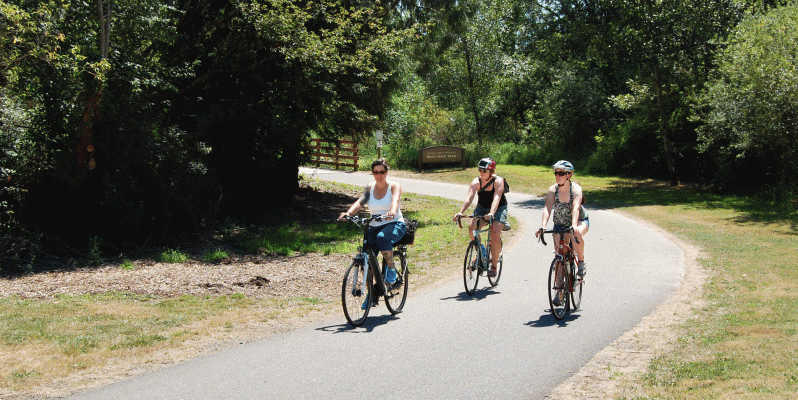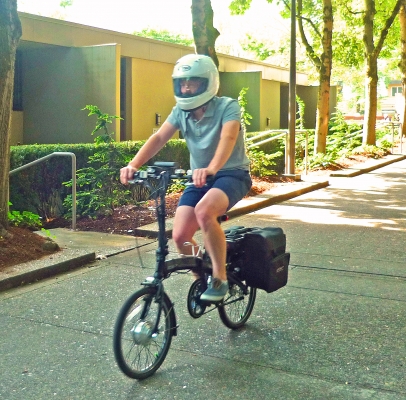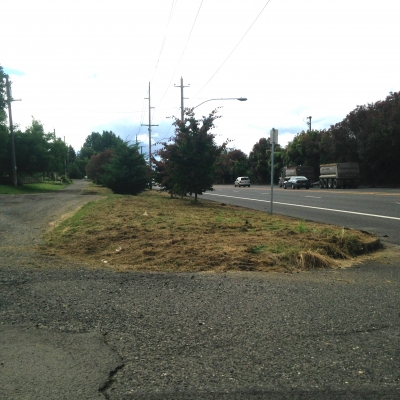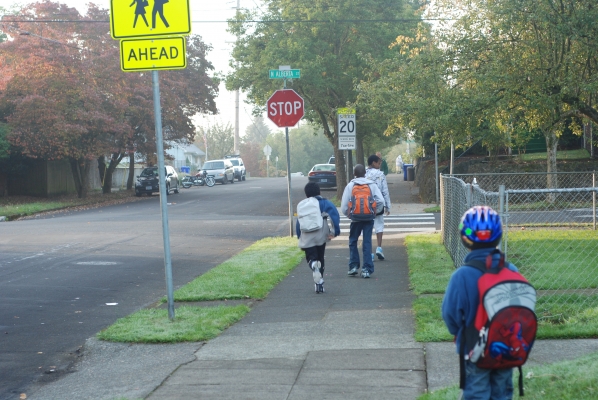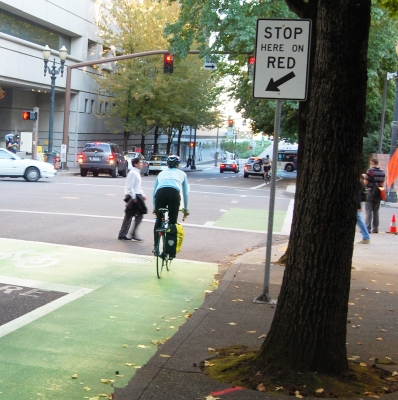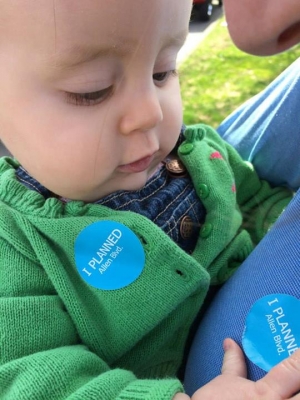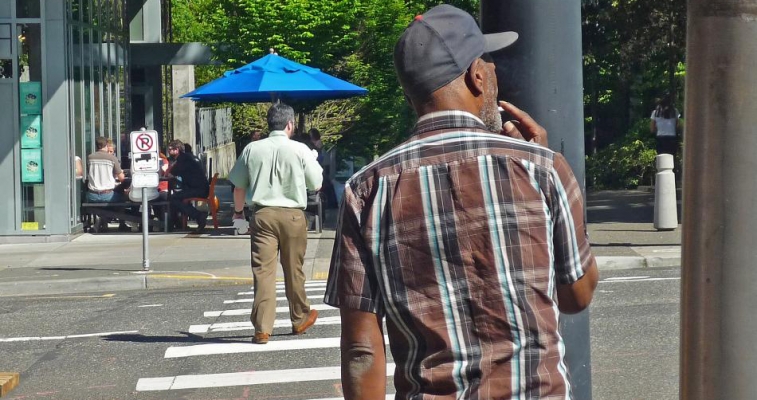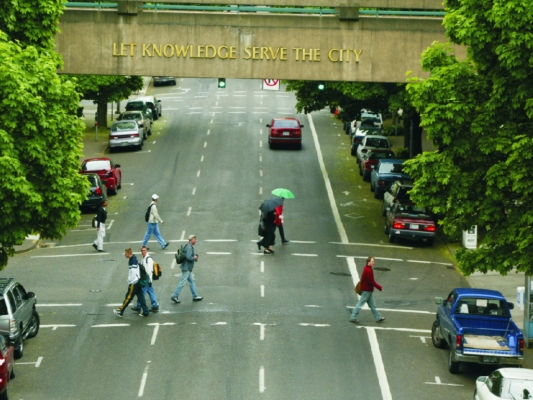The Initiative for Bicycle and Pedestrian Innovation (IBPI) is teaming up with Alta Planning + Design to offer a firsthand, on-the-ground training opportunity at the end of October.
They will teach a trail design course at Portland State University, with field tours of some of Portland's biggest trail challenges and best solutions.
Course instructors are Alta associates Robin Wilcox, George Hudson, and Karen Vitkay. They will share their experience and provide examples from some of the best trails around the country.
Multi-use trails, not accessible by car but meant to be shared by pedestrians, cyclists and the occasional leashed dog, are pleasant routes by almost anyone’s standards. Often winding through wooded areas or along waterways, insulated from the noise of traffic and offering contact with nature, they present an attractive alternative to cyclists who are not as comfortable riding on busy streets.
While any segment of trail can offer a pleasant stroll, the true beauty of shared-use trails lies in being able to use them: as an alternate, off-street means of travel, a route to school or a way to get to work in the morning. A widespread switch from driving on streets to...
Read more
